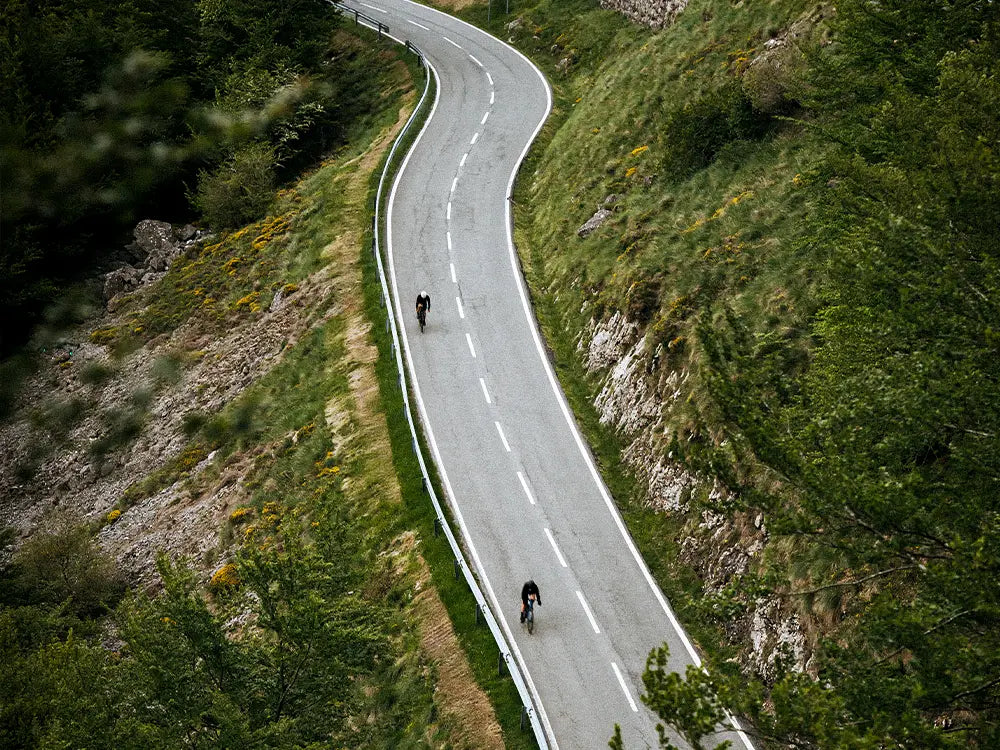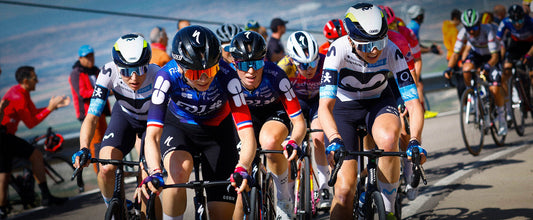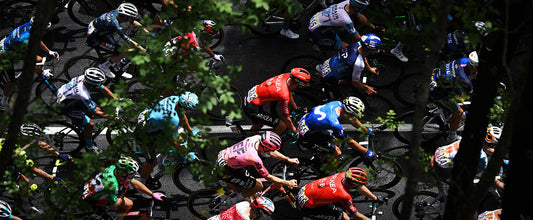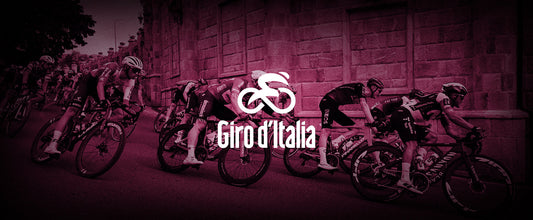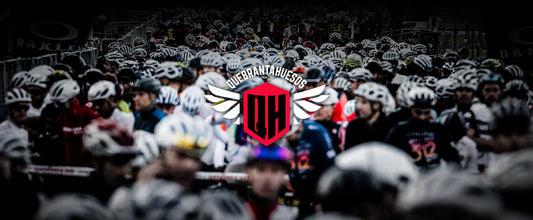Training and Tips for All Distances
Mallorca 312 will be held on April 26th, already one of the most prestigious Gran Fondo races in Europe, it offers a spectacular route through the unique landscapes of Mallorca. It has three distances: 312 km, 225 km and 167 km, each one is a different challenge, with long climbs, technical descents and a varied terrain that will test cyclists of all levels.
Whether you're taking on the full 312km challenge or a shorter distance, proper preparation is key to performing at your best on race day. With only six weeks to go, this guide focuses on last-minute endurance training, course analysis and key areas of physical preparation to arrive in the best possible shape.
Getting to know the course
Mallorca 312 takes cyclists along some of the island's most scenic and demanding roads. The entire route accumulates over 5,000 meters of elevation gain, making it one of the toughest one-day events in Europe. Some key points include:
- Coll de Femenia - 7.5 km with an average gradient of 6%, ideal for warming up the legs at the start.
- Puig Major - The longest climb of the event, with over 14 km and an average gradient of 6%.
- Coll de sa Batalla - A scenic but demanding climb of 8 km, requiring a good pace.
- Lluc Monastery Region - A section with constant ups and downs, perfect for working on endurance.
- Second half of the route - After a hilly first part, the second half is softer, favoring cyclists with good endurance and pacing strategy. Here you will find a little surprise from our side.
The 225 km and 167 km routes include many of these iconic climbs, but with less elevation gain and distance. Knowing the key points of your route will allow you to adjust your training effectively.

Key Training Areas
With little time left before the event, training efficiency is critical. The priority should be endurance, uphill strength and race pace.
1. Long Distance Endurance Training
Since Mallorca 312 is an ultra-endurance event, your body must be prepared for several hours on the bike. In the coming weeks, include at least one long ride per week:
- Cycle 4-6 hours at a steady pace.
- Gradually increase the length of your rides to simulate race conditions.
- Practice proper nutrition during long rides to get your body used to eating on the road.
2. Specific Training for Climbs
With the steep gradient of the course, improving strength on climbs is crucial. Incorporate sessions such as:
- Threshold climbs: 3 sets of 10 minutes at 85-95% of your maximum effort.
- Short hill repeats: 3-5 minute climbs at high intensity to gain strength.
- Endurance climbs: Long climbs at moderate pace to simulate the profile of the course.

3. Pacing Strategy
Pacing is key to surviving Mallorca 312. Many cyclists make the mistake of starting too hard and running out of energy in the second half. To avoid this:
- Maintain a steady Zone 2 pace for most of your long workouts.
- Avoid sudden changes of pace on climbs and maintain a steady power output.
- Try negative split workouts, i.e., finishing stronger than you started.
4. Core Strength and Stability Work.
A strong core} and stable posture are essential for long-distance cycling, especially on climbs. Add to your routine:
- Planks and side planks for {{a74ad8dfacd4f985eb397751717615ce25}} stability.
- Squats and lunges for leg strength.
- Push-ups and back exercises to maintain good posture and reduce fatigue.
Conclusion
The Mallorca 312 is an endurance challenge that rewards preparation, pacing strategy, and climbing efficiency. Whether you opt for the full 312km or a shorter distance, the next few weeks should focus on endurance, hill work and effort management.
With a stunning course and a unique atmosphere, Mallorca 312 is much more than a race: it's an unforgettable experience. See you in the expo area with many surprises :)
